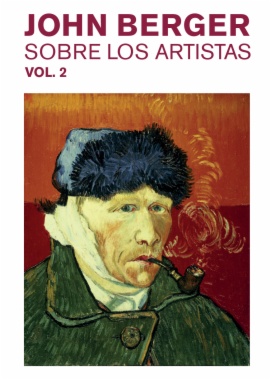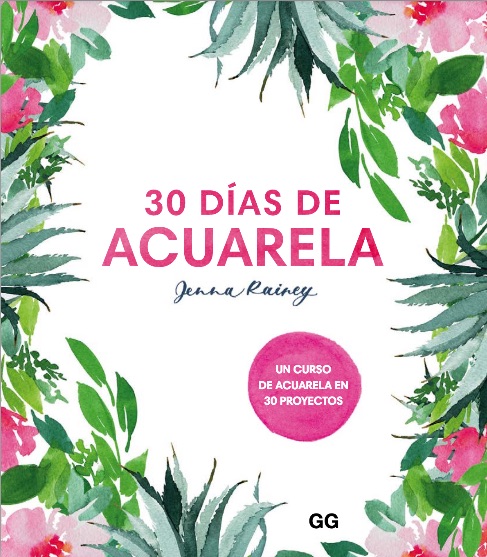Por:
Camilo; Montenegro Loaiza Gómez
|
Fecha:
2020
Abstract:
Evaluating avian populations and their habitat relationships are important for understanding the biology of these species and for management decisions that improve the effectiveness of restoration practices. We investigated how habitat variation along a disturbance gradient affected the abundance of three insectivorous bird species: white-bellied antbird (Myrmeciza longipes), barred antshrike (Thamnophilus doliatus), and pale-breasted spinetail (Synallaxis albescens) in a Neotropical dry forest remnant in central Colombia. The study area, which is located in Magdalena Valley, is under ecological restoration after the construction of the “El Quimbo” hydroelectric dam, with a gradient of habitat conditions, from relatively advanced secondary growth to recently disturbed areas. We conducted bird surveys and quantified the habitat conditions from June 2018 to June 2019. We compared the relative abundance of the birds among the three zones with increasing disturbance and modeled the relationship of between the bird abundance with the micro- and landscape-habitat conditions, with Poisson generalized linear model regression. Relative abundance of the three bird species varied according to the habitat features and disturbance level. The abundance of white-bellied antbirds was higher in forests and thickets than shrublands fragments, barred antshrike was more abundant in shrubland and thicket than in forest fragments, and pale-breasted spinetail had the highest abundance in shrubland and the lowest in forest fragments. The abundance of both white-bellied antbird and pale-breasted spinetail did not differ among zones with different levels of disturbance, while the abundance of barred antshrike decreased in zones with more disturbance. There were significant differences in the habitat relationships of the three understory insectivorous species along the disturbance gradient, although these species were within the same trophic group. These bird species preferred different stages of habitat succession and responded to different habitat and landscape features. Increasing forest fragment areas and decreasing the amount of edge would be useful restoration priorities for these and other similar avian species in this study area.
Resumen:
Evaluar las poblaciones de aves y sus relaciones con el hábitat resulta relevante para el entendimiento de la biología de estas especies y para las decisiones de manejo que incrementen la efectividad de las prácticas de restauración. Nosotros investigamos cómo la variación en el hábitat a lo largo de un gradiante de disturbio afecta la abundancia de tres especes de aves insectívoras: el hormiguero ventriblanco (Myrmeciza longipes), el batará rayado (Thamnophilus doliatus) y el pijuí pechiblanco (Synallaxis albescens) en un remanente de bosque seco tropical en el centro de Colombia. El área de estudio, localizada en el valle del Magdalena, está en proceso de restauración después de la construcción de la represa hidroeléctrica “El Quimbo”, con un gradiante de condiciones de hábitat, desde áreas de crecimiento secundario relativamente avanzado hasta áreas con disturbios antropogénicos recientes. Realizamos evaluaciones de aves y cuantificamos las condiciones de hábitat desde junio de 2018 hasta junio de 2019. Comparamos la abundancia relativa estas aves entre tres zonas, donde se incrementa el disturbio y modelamos la relación entre la abundancia de las especies y las condiciones de microhábitat y del paisaje, con Modelos lineales generalizados de Posisson. La abundancia relativa de las tres especies de aves varió de acuerdo con las características de las aves y el nivel de disturbio. La abundancia del hormiguero ventriblanco fue mayor en fragmentos de bosques y matorrales que en fragmentos de arbustales, el batará rayado fue más abundante en fragmentos de arbustales y matorrales que en fragmentos de bosque, y el pijuí pechiblanco tuvo su mayor abundancia en fragmentos de arbustales y su menor abundancia en fragmentos de bosque. La abundancia del hormiguero ventriblanco y el pijuí pechiblanco no se diferenció entre las zonas con diferente nivel de disturbio, mientras que la abundancia del batará rayado fue menor en zonas con mayor disturbio. Encontramos diferencias significativas en las relaciones de hábitat de las tres especies insectívoras del sotobosque a lo largo del gradiante de disturbio, teniendo en cuenta incluso que estas especies hacen parte del mismo grupo trófico. Estas especies de aves prefieren diferentes estados de sucesión del hábitat y responden a diferentes características de hábitat y del paisaje. El incremento del área de fragmentos de bosque y la disminución de la cantidad de borde serían prioridades de restauración en el área de estudio, beneficiando estas y otras especies de aves similares.


